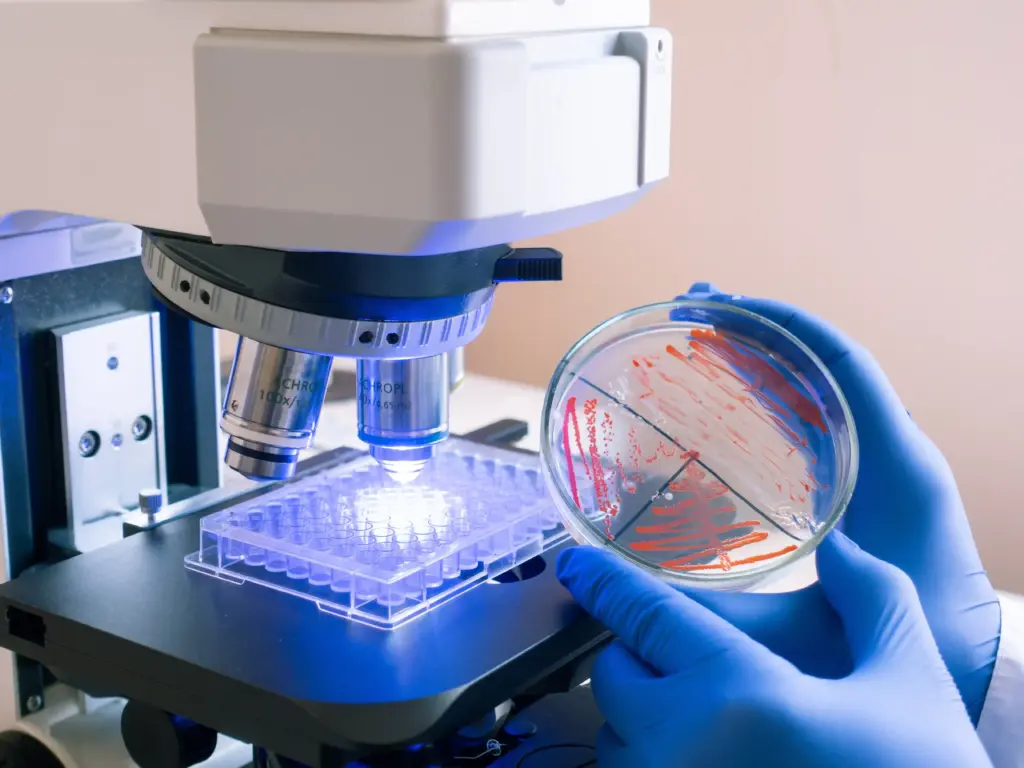Clinical Immunology focuses on the immune system’s health. Learn about the diagnosis and treatment of allergies, autoimmune diseases, and immunodeficiencies.
Send us all your questions or requests, and our expert team will assist you.
Immunology is the branch of biomedical science and medicine concerned with the immune system, the body’s vital defense mechanism against infection and disease. While often associated primarily with allergies, Clinical Immunology is far broader. It encompasses the diagnosis and management of disorders where the immune system malfunctions. A Clinical Immunologist or Allergist is a specialist trained to manage the delicate balance of the body’s defense forces.

The immune system is not a single organ like the heart or liver; it is a vast, complex network of cells, tissues, and organs that work in unison to protect the body from “foreign” invaders (bacteria, viruses, fungi, parasites) while distinguishing them from the body’s “self” tissues.
Key components include:

Disorders of the immune system generally fall into three distinct categories based on how the system is failing:
A healthy immune system is silent; you do not notice it working. However, when it fails, the consequences are systemic. An untreated allergy can lead to life-threatening anaphylaxis. An undiagnosed immunodeficiency can lead to permanent lung damage from repeated pneumonia. Clinical immunology seeks to restore this critical balance, allowing the patient to live without fear of the environment or their own body.

Send us all your questions or requests, and our expert team will assist you.

Allergic reactions range from mild irritation to sudden, life-threatening emergencies.
The hallmark of immunodeficiency is infection, specifically infections that are too frequent, too severe, or caused by unusual organisms.

When the body attacks itself, inflammation is the primary symptom.
Drugs like penicillin or aspirin can trigger allergic reactions. Conversely, steroids and chemotherapy drugs cause secondary immunodeficiency.

Diagnosing immunological disorders requires high-level detective work. A rash or a sneeze is just the surface; the immunologist must identify the specific molecular trigger or the exact missing cell type. At Liv Hospital, we utilize a comprehensive diagnostic laboratory capable of analyzing the immune system at the cellular and genetic level.
To treat an allergy, we must first identify the specific allergen.
Diagnosing a weak immune system involves counting and assessing the function of immune cells.
While not “staging” in the cancer sense, immunologists grade the severity of conditions to guide treatment.

The goal of immunological treatment is to restore “tolerance.” For allergies and autoimmunity, we want the system to tolerate the environment and self-tissues. For immunodeficiency, we provide the protection the body cannot make on its own. Modern immunology has moved beyond symptom suppression to therapies that re-engineer the immune response.

Immunological disorders can be isolating. Patients with severe allergies often fear food or the outdoors; those with immunodeficiencies fear human contact. At Liv Hospital, our Department of Clinical Immunology and Allergy provides a safe harbor. We combine high-tech diagnostic precision with a patient-centered approach that empowers you to live freely.
We offer one of the region’s most comprehensive immunology programs, capable of managing the full spectrum of immune disorders from infancy to adulthood.
The immune system connects everything. Therefore, our immunologists do not work alone.
At Liv Hospital, we don’t just treat the reaction; we retrain the system. Whether it is desensitizing a child to peanuts or managing a complex adult immunodeficiency, our goal is to turn your immune system from an enemy into the protector it was meant to be.
